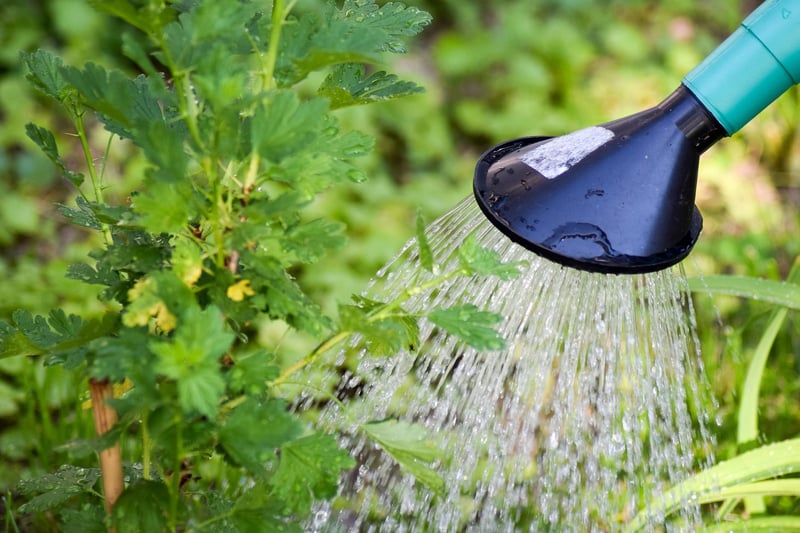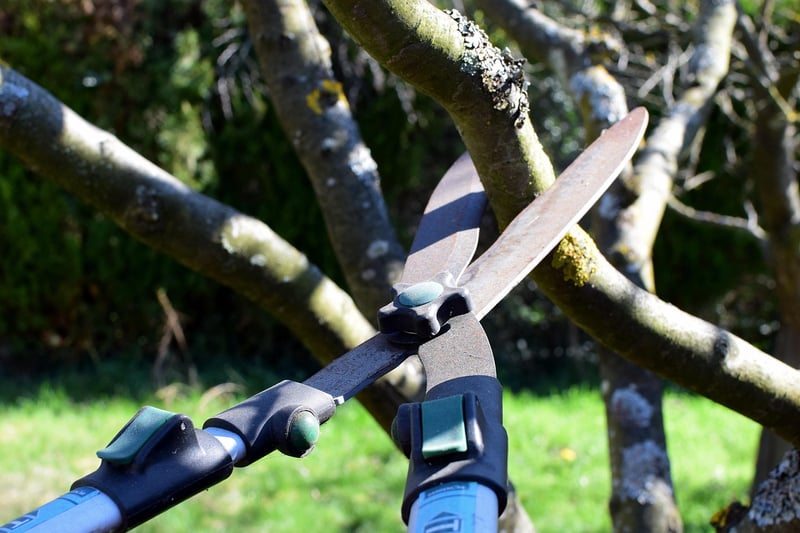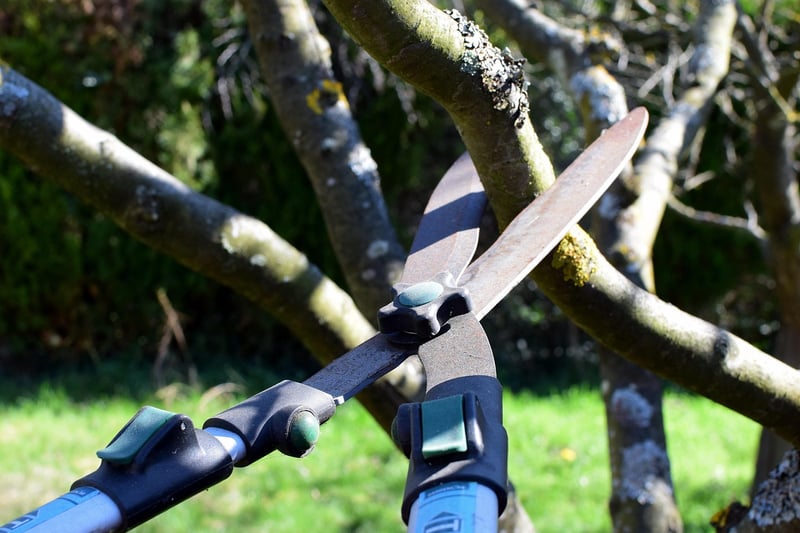Pruning Techniques
Essential Care Routines for Healthy Plants + Pruning Techniques
Introduction
Keeping your plants healthy and thriving involves a combination of regular care routines and proper pruning techniques. Understanding how to care for your plants and when to prune them can make a significant difference in their overall health and appearance. In this article, we will discuss essential care routines for maintaining healthy plants and explore the best pruning techniques to encourage growth and vitality.
Essential Care Routines
Proper care routines are crucial for the well-being of your plants. Here are some essential practices to ensure your plants stay healthy:
1. Watering
Water your plants regularly, but be mindful not to overwater. Different plants have different watering needs, so it's essential to understand the specific requirements of each plant in your care.
2. Sunlight
Ensure your plants receive adequate sunlight based on their individual preferences. Some plants thrive in full sun, while others prefer partial shade. Place your plants in locations that provide the right amount of sunlight for their optimal growth.
3. Soil and Fertilization
Use high-quality soil and fertilize your plants as needed. Nutrient-rich soil and appropriate fertilization can help plants develop strong roots and promote healthy growth.
4. Pest Control
Regularly inspect your plants for pests and take proactive measures to control infestations. Use natural remedies or appropriate insecticides to protect your plants from harmful pests.
Pruning Techniques
Pruning is a vital part of plant care that involves removing dead or overgrown parts to promote new growth and maintain plant health. Here are some pruning techniques to keep in mind:
1. Deadheading
Remove dead flowers by cutting them back to encourage new blooms and prevent the plant from wasting energy on seed production.
2. Thinning
Thin out excess growth by trimming crowded branches to improve air circulation and light penetration, which can prevent disease and encourage healthy growth.
3. Shaping
Prune your plants to maintain their desired shape and size. Regular shaping can help control growth and create a visually appealing appearance.
4. Disease Control
Prune diseased parts of plants to prevent the spread of infections. Removing infected areas can help protect the overall health of the plant and prevent further damage.
Conclusion
By following essential care routines and mastering proper pruning techniques, you can ensure that your plants remain healthy, vibrant, and beautiful. Take the time to understand the needs of your plants, provide them with the care they require, and enjoy the rewards of a thriving garden or indoor plant collection.


